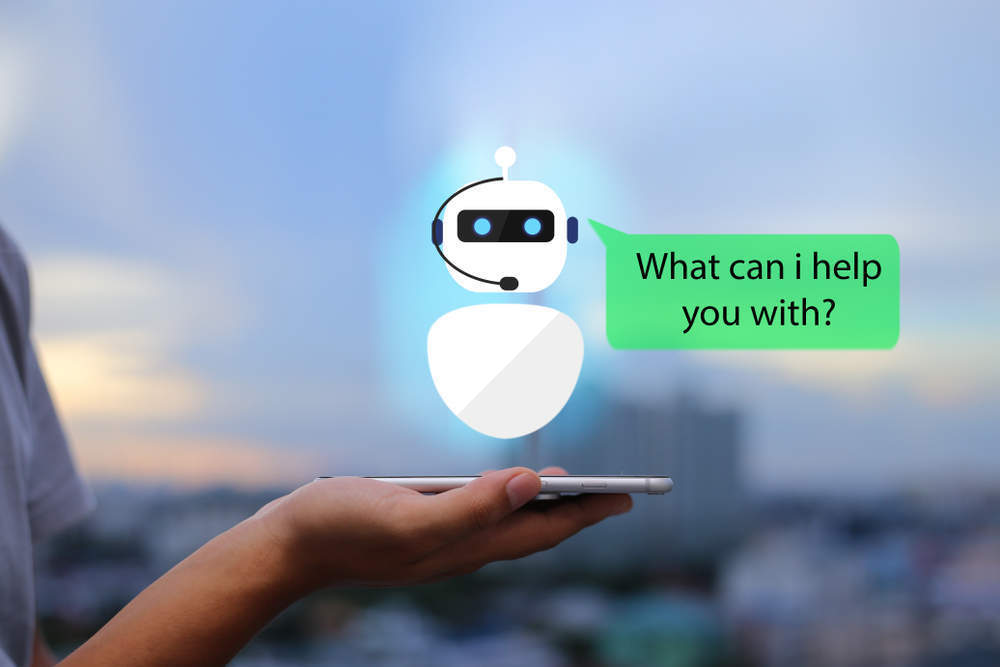Google has introduced Google AI Contact Center, a virtual assistant that uses natural speech to engage with callers, answering basic questions, and escalating more complex requirements to a human agent.
While the hype around AI often includes perceived threats to human roles, and jobs, in various areas, when it comes to virtual assistants in the contact centre, the reality is shaping up to be quite different – at least in the near term.
Rather than replacing agents, the premise of Google AI Contact Center AI is to complement those agents, with the virtual assistant taking the inbound call and initial stages of an inquiry, and handing calls off to humans for more complex interactions.
Using Google’s Dialogflow Enterprise technology for conversational interfaces, Contact Center AI allows companies to incorporate natural speech into interactive voice response (IVR) platforms, replacing the robotic (and often frustrating) “Press 1 for Sales, Press 2 for Accounting” phone tree with a series of open-ended questions to accelerate the process of getting callers what they need.
Additionally, the data collected during the call will be sent on to an agent if a call is escalated, eliminating the need for the caller to repeat information already provided. Google’s virtual assistant will continue to deliver relevant information to the agent during the remainder of the call, helping the agent address customer questions efficiently.
Google AI Contact Center – what are the business benefits?

US Tariffs are shifting - will you react or anticipate?
Don’t let policy changes catch you off guard. Stay proactive with real-time data and expert analysis.
By GlobalDataDespite the rise of chat, social media and other contact centre engagement options available to customers, voice remains the predominant channel for inbound interactions.
In addition to allowing contact centre operators to optimise call centres by ensuring that live agents aren’t answering mundane questions, effectively incorporating virtual assistants into an IVR system potentially increases business opportunities.
Virtual assistants can deliver a more productive initial interaction for clients than a standard IVR interface; they can also support live agents by providing additional context to a call, perhaps helping the agent suggest additional products or services.
Virtual assistants may also be able to assist in sentiment analysis, helping agents manage difficult callers. And, of course, all this information is captured in a data warehouse, allowing companies to mine and analyse the data to make future business decisions.
Unintended bias
Deploying AI-enabled virtual assistants can make a contact centre more efficient, but business must be mindful of potential issues in deploying these solutions. While a chatbot is expected to deliver a neutral response, machine learning technology simply creates correlations from previous engagements, which may reveal unintended biases.
Google has not disclosed provisions to prevent bias from creeping into AI data modelling, overseeing what virtual agents “learn” and making sure that their data correlation doesn’t lead to delivery of responses that could be considered biased based by humans.
Human agents can be trained to avoid making assumptions based on a customer’s response to a particular question and to maintain a positive, or at least neutral, demeanour on the phone – although this may not always be successful as anyone who has dealt with an unhappy contact centre agent can attest. When it comes to human or AI-enabled interactions, companies must be diligent in monitoring conversations to ensure appropriate responses from both.
The human factor
Despite technology advances, there is currently no substitute for speaking with a responsive, and hopefully empathetic, human when it comes to resolving a complex issue.
Ten years from now this may not be the case as technology evolves to address today’s concerns. But for the near term, a hybrid, combination of effective natural speech virtual assistants alongside effective human agents helps businesses get the best of both worlds.








